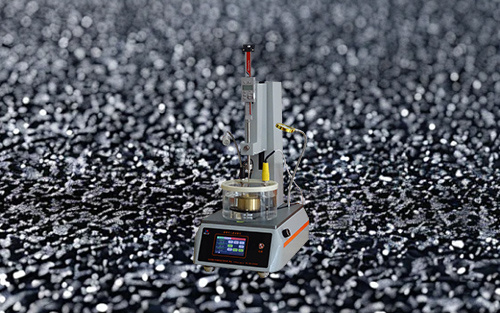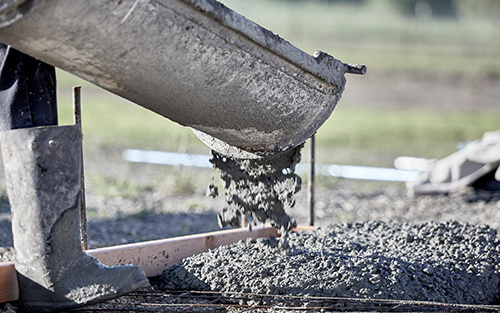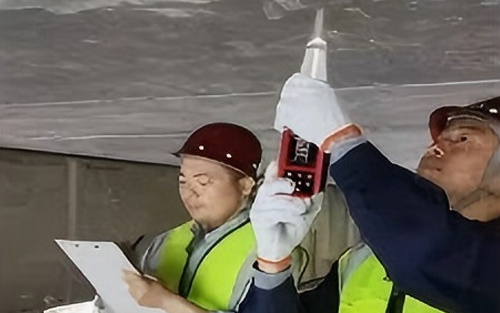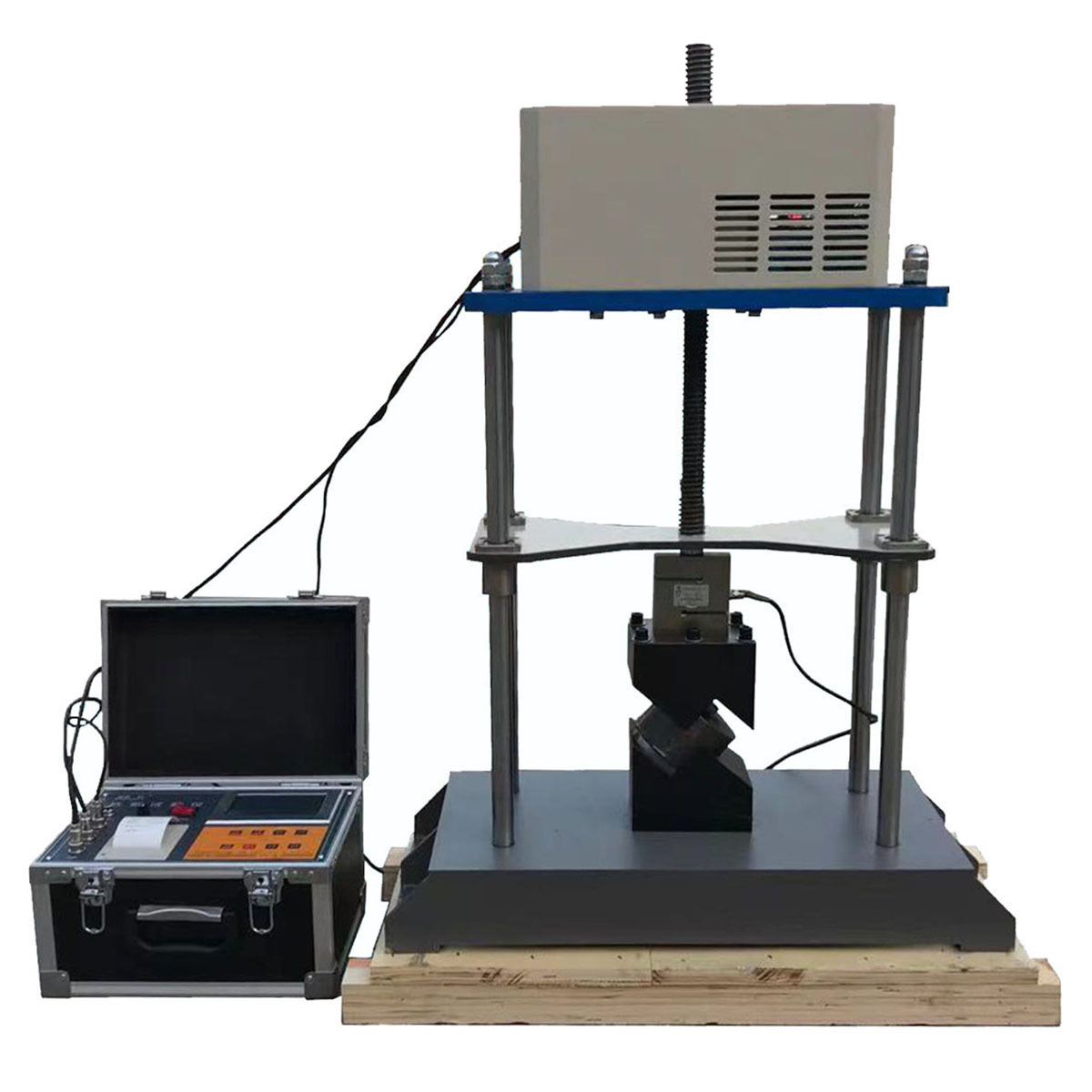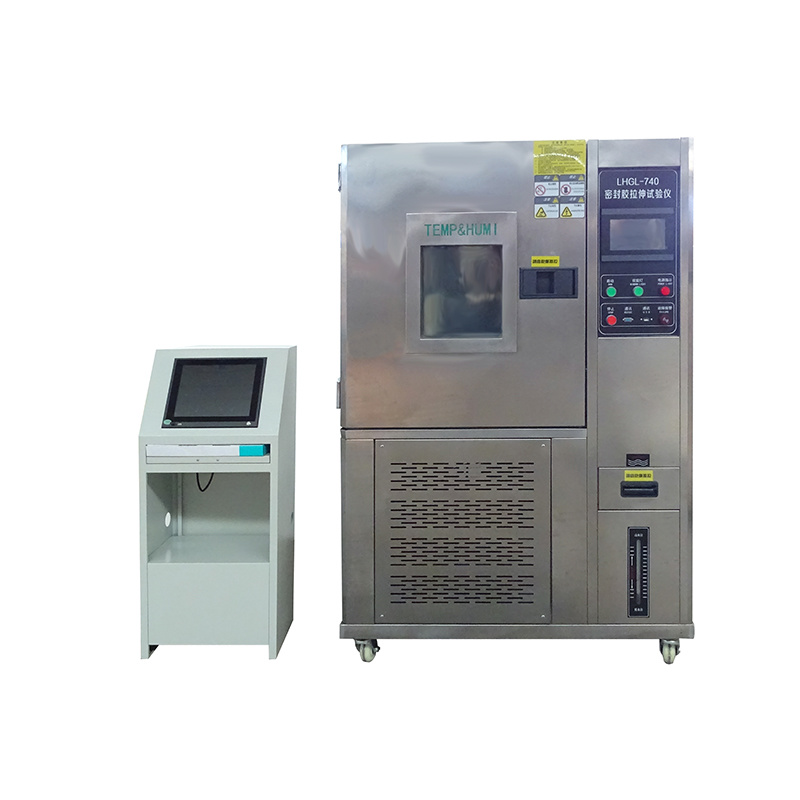



Share
Asphalt Mixture Rotary Compactor
Still decided? Get the samples first,Contact us!
Product classification
Keywords
- Description
-
Applications
In the laboratory, simulating the volumetric properties and engineering attributes of actual pavement materials, using a kneading method under three main technical conditions: constant vertical pressure, constant compaction angle, and specified compaction speed. The specimen undergoes uniform circular periodic rotation at an eccentric angle. After constant-pressure compaction, the eccentric angle is removed, and constant-pressure rotation is performed for leveling, completing the experimental process of preparing cylindrical specimens of hot-mix asphalt mixture.
The compaction angle specified in this standard refers to the effective internal angle during the test with the rotary compaction instrument.
Structure
The rotary compaction instrument mainly consists of a reaction frame, a loading device, a rotating base, a force measuring device, a displacement measuring device, a computer control system, and a mold. A structural diagram of a rotary compaction instrument that uses electronic-mechanical integration technology is shown.
1. Applications: Forming specimens for testing the physical and mechanical properties of asphalt mixtures.
2. Working Conditions: Laboratory working conditions
Technical Parameters
Meets the requirements of JTG E20-2011 for highway engineering asphalt and asphalt mixture test methods in measuring compaction pressure, rotation times, and specimen height.
Imported PLC control, computer control operation, real-time display of various parameters and curves.
Rotation Angle: 0~20° ±0.02° adjustable. (The angle is adjusted before leaving the factory. It is not recommended that customers adjust it themselves. If you need to adjust it, please contact the manufacturer.)
Times
4. Rotary Compaction Angle Accuracy: Less than 0.01°
5Displacement Range:0~250mm
6. Power Supply Voltage: 380V
7. Power: 1.1KW
8. Ambient Temperature:≦85%
9Pneumatic type can make diameter 100 or 150 specimens
10. Dimensions:95×73×193cm
11.Accessories: ConfigurationΦ150mm mold
12. Software: Complete supporting software
ingenuity quality
Factory direct sales
Support customization
a lot of in stock
Quality Assurance
complete specifications
After-sales worry-free
Factory Scene
Production Scenarios
Asphalt Mixture Rotary Compactor
Still decided? Get the samples first,Contact us!
Product classification
Shipping video

Shipping photos

Shipping scenarios

Shipping
INQUIRY
Note: Please leave your contact number or E-mail address, our professionals will contact you as soon as possible!
Related Products
RT-CM Type Asphalt Mixture Coring Machine
LHHD-I type pavement cross-section ruler
LHZJ-0985D Shear Strength Tester for Bonding Layer
LHGL-740 Road-use Heating Type Sealant Tensile Tester


